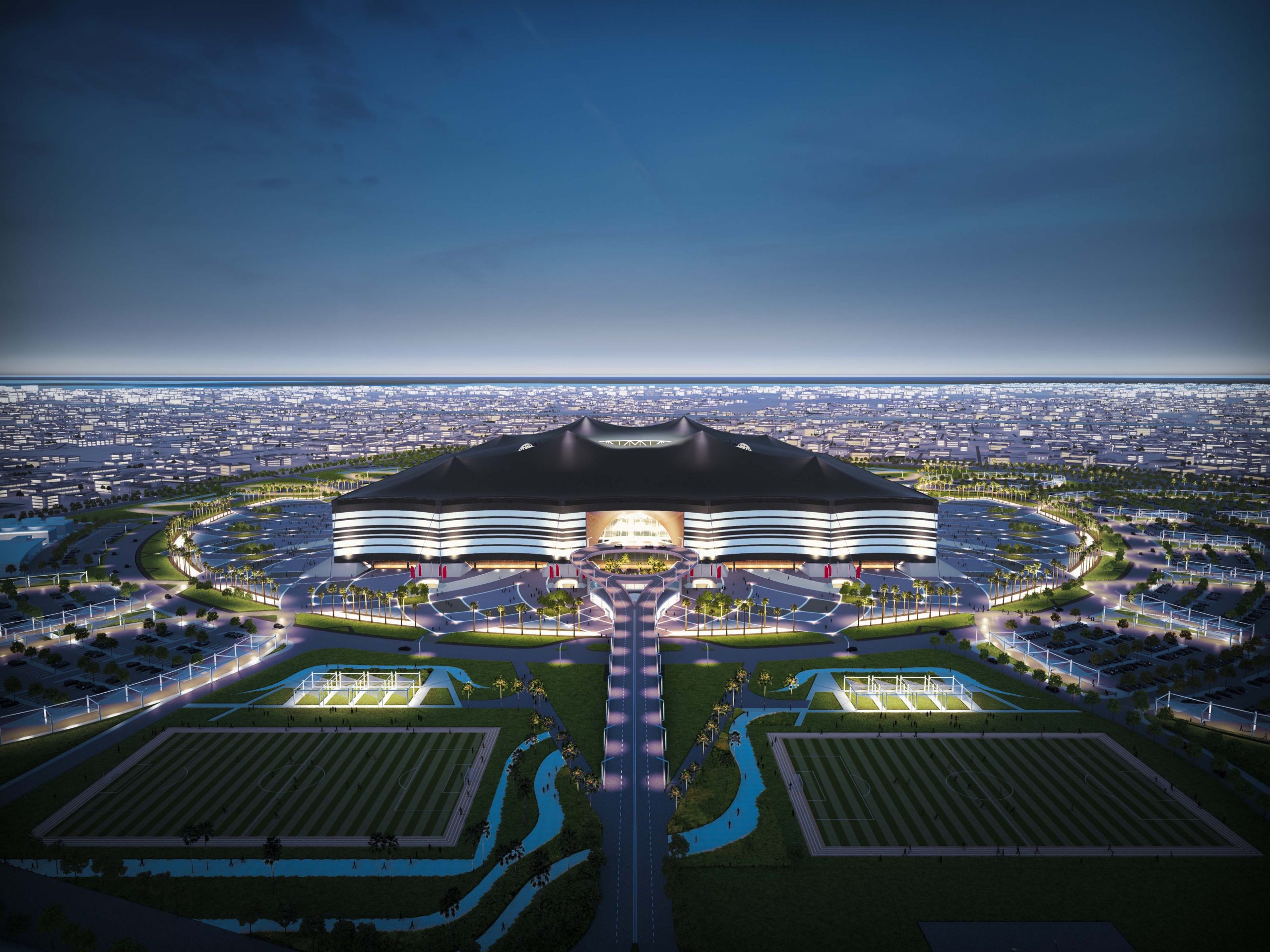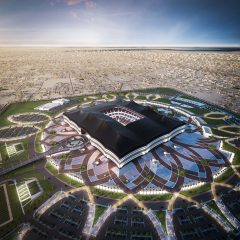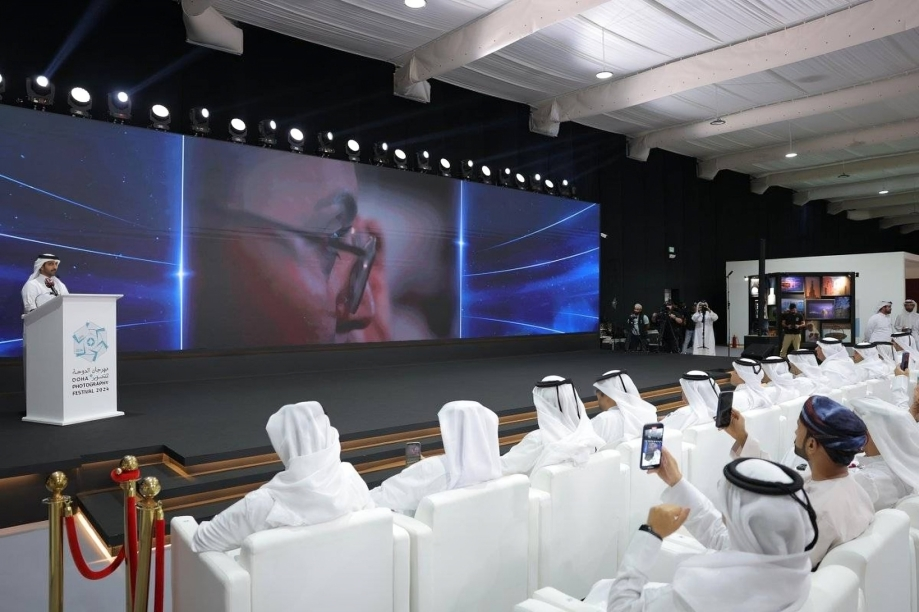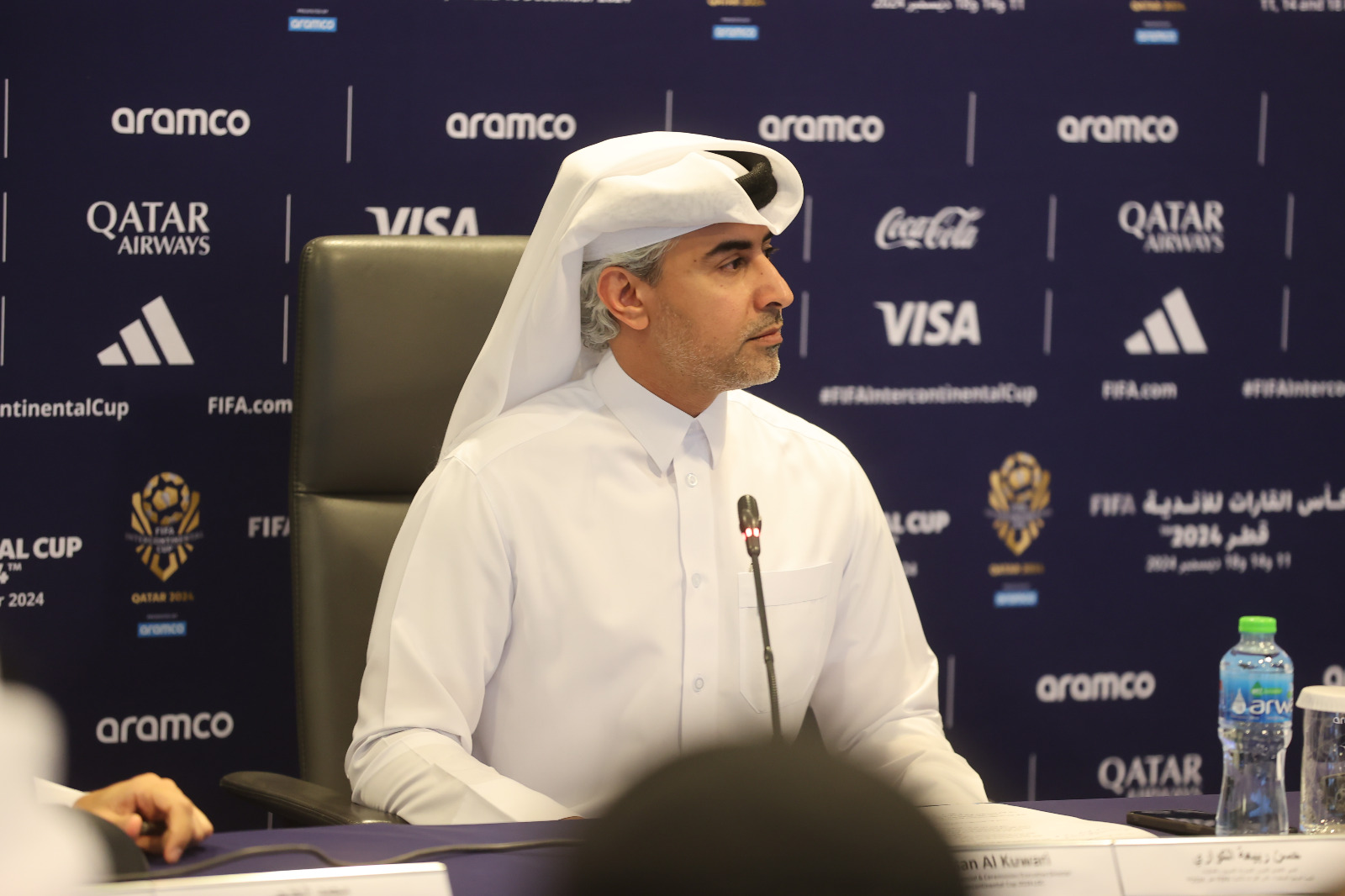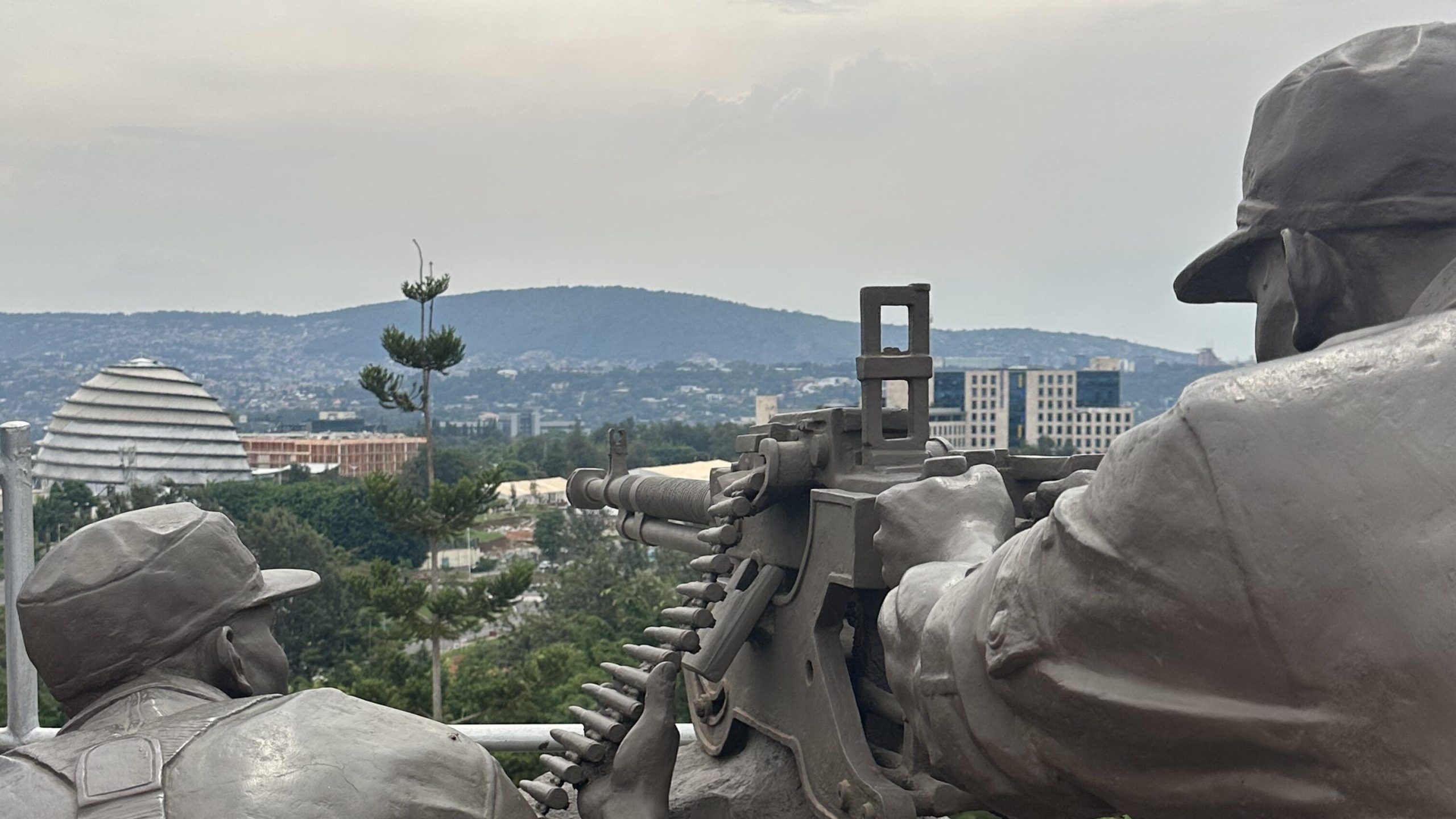Images courtesy of the Supreme Committee for Delivery and Legacy
Qatar’s FIFA World Cup stadium in Al Khor will be modeled on a traditional tent used by nomads, the 2022 organizing committee has announced.
The ‘Al Bayt’ Stadium in Al Khor will seat 60,000 football fans and is set to be one of the venues for the semi-finals, according to The Supreme Committee for Delivery and Legacy (SCDL), which revealed the plans at a public briefing at Al Khor Sports Club yesterday.
Al Bayt, meaning ‘the house,’ is modeled on the Bayt Al Sha’ar, a black and white tent traditionally used by nomads around the region. For those passing through the desert, the presence of this tent symbolized hospitality.
The Al Bayt Stadium’s exterior will be covered in fabric, and its interior will reflect the traditional red and white fabric interior.
The stadium – which will be situated at the heart of a one million square meter complex which will also include a hospital, a mall, and a park – is scheduled to be competed by 2018.
Design questions

At a public briefing yesterday, officials were quizzed by one resident about the suitability of black material for the stadium’s exterior, in light of Qatar’s hot, sandy climate.
They replied that cleaning equipment for the material is available, and that Aspire has recently used the same black material on another building for the first time.
This installation is now being used as a test for the stadium and will be analyzed after the hot summer months to see what damage, if any, has been caused by the climate.
Final design plans are still under consideration, with an option to reverse the use of black and white material on the stadium’s exterior, making white the major color, officials said.
Al Bayt stadium will be a modular design. After the World Cup, the top tier of seats will be removed and donated to developing countries lacking sports infrastructure, reducing the seating capacity from 60,000 people to 32,000.
The stadium will also use sustainable materials and renewable energy, adhering to international green building standards such as Leadership in Energy and Environmental Design (LEED) and Global Sustainability Assessment System (GSAS).
Furthermore, amid international criticisms about the mistreatment of the country’s laborers, the construction of Al Bayt will be done under the Workers’ Welfare Standards which were launched in February by the SCDL, officials said.
Despite bribery allegations made by the international press linked to Qatar’s bid for 2022 – and an ongoing FIFA investigation – officials were not quizzed about the claims at the public event, which was primarily attended by local residents.
Community complex
Launching the design, Aspire Zone Foundation President Hilal Al-Kuwari said the stadium and surrounding sporting complex aimed to enhance Al Khor’s existing social infrastructure:
“It’s not all about the stadium, but an area that attracts people and provide local residents of Al Khor and Al Thakhira communities with facilities.
Just as Bayt Al Sha’ar continues to remain central to family life in Qatar today, the precinct surrounding Al Bayt Stadium will become a focal point of community life long after the 2022 FIFA World Cup has concluded.”
A mall, hospital, mosque, hotel, communal rooms, parks and landscapes for horse-riding, running and cycling are expected to be included in the complex.
As well as providing services for locals, these centers will help offset maintenance expenses for the stadium as well as keep a constant revenue stream for the community, officials said.
A local engagement program, which will include regular majilis discussions, is planned to keep the Al Khor community up-to-date on the progress of the complex.
No decision about the usage of the stadium after 2022 has been made yet, officials said, adding that they were “still studying the possible options.”
Other stadia
Preparatory works have already begun on one other World Cup venue, Al Wakra stadium, which is also due to be finished by 2018.
Designs for a redevelopment of Al Rayyan stadium were also announced in February, but work on the project has not yet begun.
During its bid, Qatar proposed plans for 12 World Cup stadiums, but there has recently been talk about reducing that number.
The SCDL issued a statement last month, following rumors that Qatar had cut its planned number of stadia due to costs and delays.
In the statement, it said that “the final proposed line-up of host venues is ongoing in consultation with FIFA” and that discussions were still underway about the “appropriate number” of stadia.
Under FIFA guidelines, World Cup hosts can have a minimum of eight stadiums and a maximum of 12.
While Qatar’s venues are expected to be reduced to nearer eight, the SCDL said that the FIFA Executive Committee will decide on the final number of host venues by March next year.
Thoughts?

